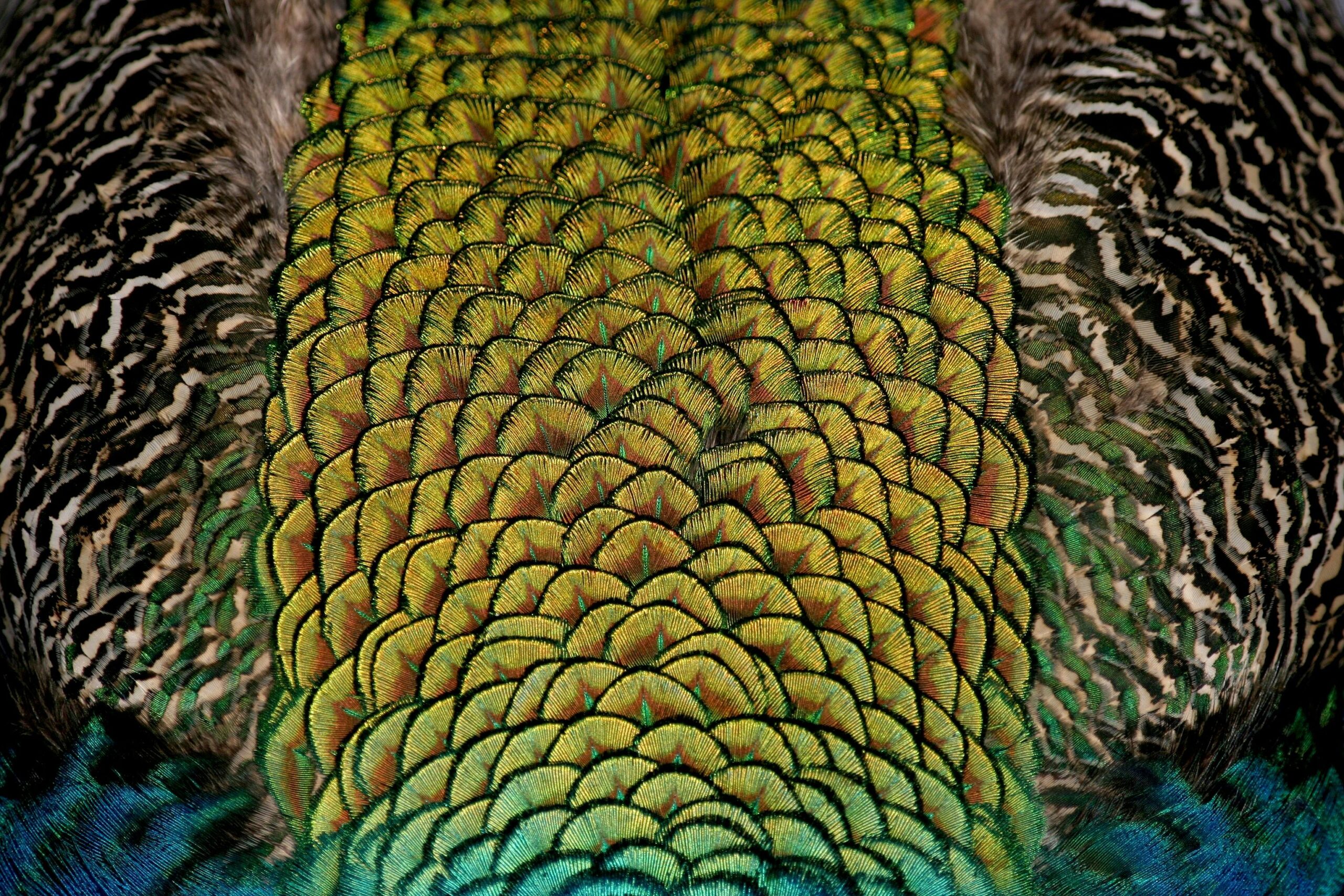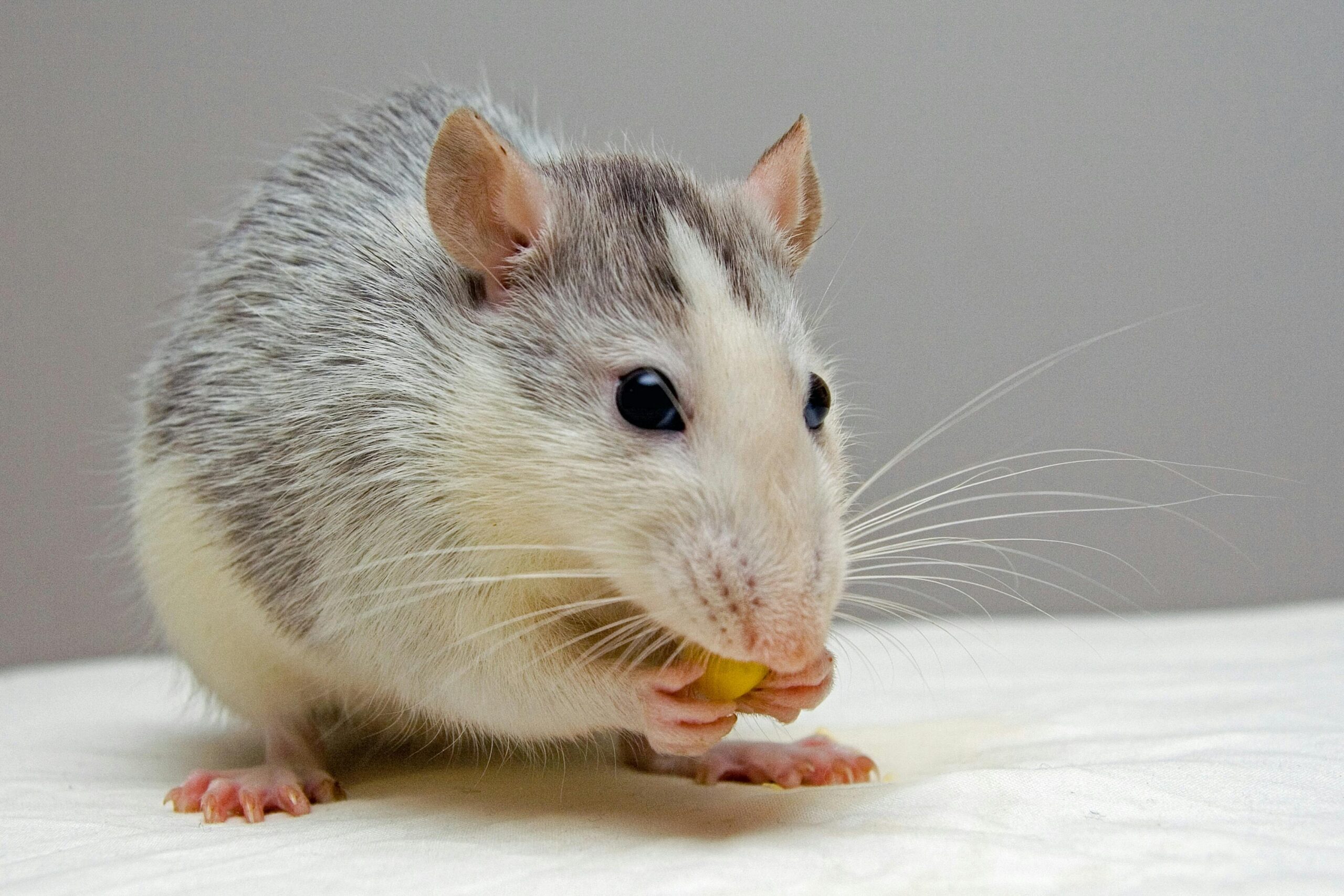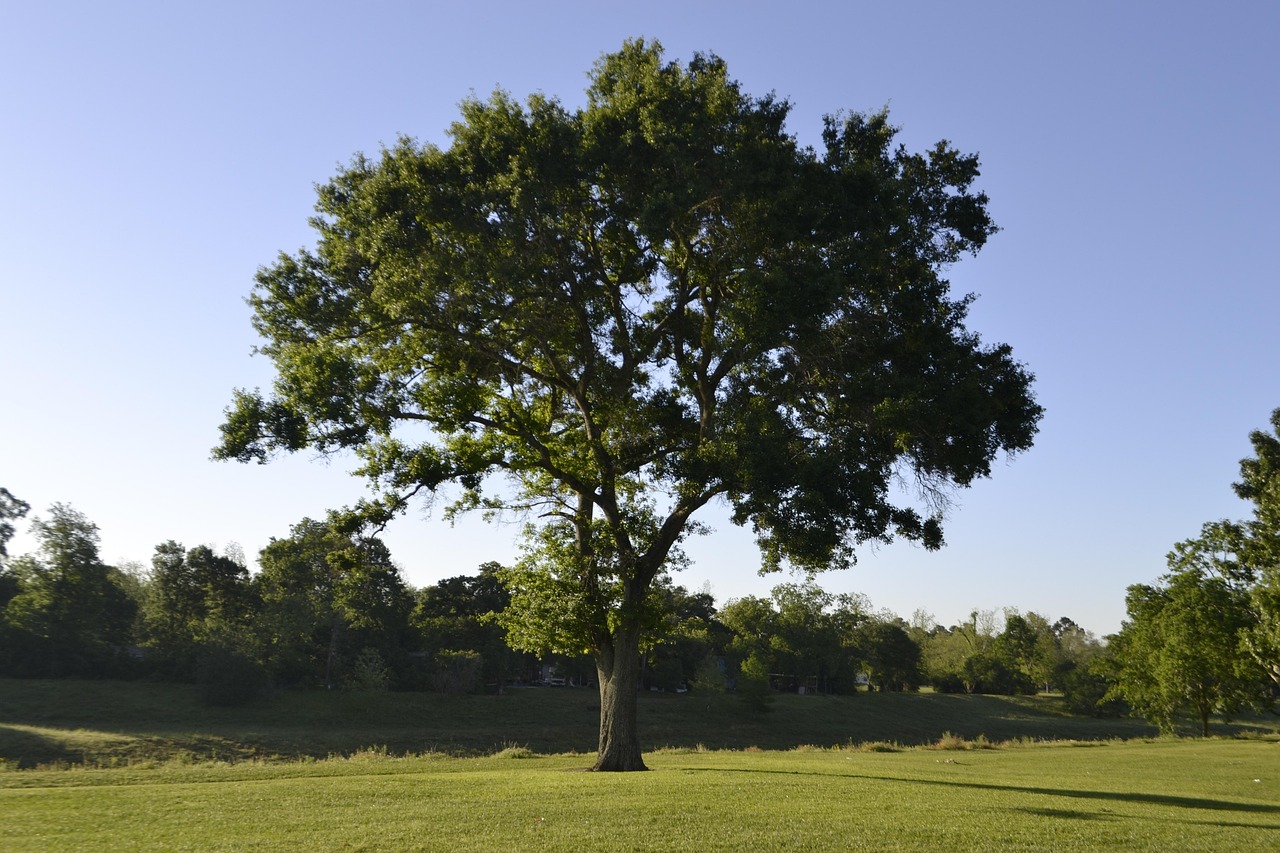(image credit: by Pixabay)
Forget the old image of dinosaurs as just scaly, roaring monsters—many were covered in feathers! Recent fossil discoveries reveal that feathers played vital roles in temperature control, mating rituals, and even early forms of flight.
The Feathered Revolution: Dinosaurs Were More Colorful Than We Thought
When most of us picture dinosaurs, we imagine them as huge, reptilian creatures covered in tough, leathery scales. But science has flipped that idea on its head! Paleontologists now know that many dinosaurs—especially smaller ones related to birds, like the Velociraptor—actually sported feathers.
This revelation began in the 1990s when stunningly preserved fossils were discovered in Liaoning, China, showing imprints of feathers alongside dinosaur skeletons. Since then, hundreds of feathered dinosaur species have been identified, completely reshaping our understanding of what these ancient creatures looked like.
Why Dinosaurs Had Feathers: More Than Just for Show
Feathers weren’t just for looking fabulous (although some definitely did). Scientists have proposed several crucial reasons dinosaurs evolved feathers:
Temperature Regulation:
Early feathers acted like a cozy coat, helping smaller dinosaurs maintain body heat, much like modern birds today. This insulation would have been especially vital for species living in cooler climates.Mating Displays:
Just as peacocks today use elaborate feathers to attract mates, some dinosaurs likely flashed bright, colorful plumes during mating season. Feathers might have served as signals of health, strength, or dominance.Flight and Gliding:
In certain species like Microraptor, feathers weren’t just decorative—they provided real aerodynamic benefits. Microraptor had wings on both its arms and legs, suggesting it could glide from tree to tree in dense forests, giving it an edge in hunting or escaping predators.
Birds: The Living Dinosaurs Among Us
Perhaps the most mind-blowing fact is that not all dinosaurs went extinct. In fact, modern birds are considered direct descendants of feathered dinosaurs! In evolutionary terms, birds are a group of living dinosaurs—meaning that every time you see a pigeon or a hawk soaring in the sky, you’re witnessing the legacy of the ancient dinosaur lineage.
This connection explains why bird skeletons look eerily similar to some small theropod dinosaurs, sharing features like hollow bones, wishbones, and three-toed limbs.
Rewriting Prehistoric History
The discovery of feathered dinosaurs has not only changed how scientists depict them in museums and media but has also helped uncover deeper evolutionary patterns. It suggests that feathers might have originally evolved for functions other than flight—such as display or warmth—and were later adapted for gliding and powered flight.
So next time you see a bird preening its feathers, remember: you’re witnessing a survival story that began over 150 million years ago!


